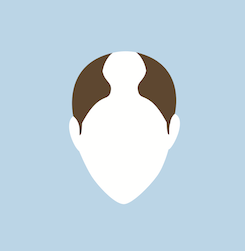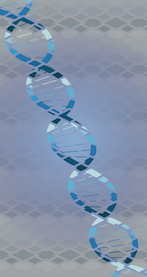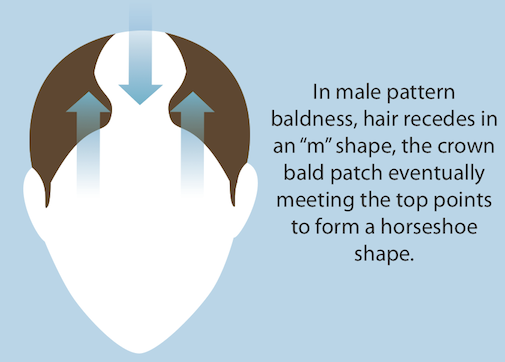Hair loss is a clinically and socially relevant disorder. Hair is extremely important in our culture and losing it can have major psychological consequences. People can be down right terrified at the first sign of thinning or receding hair.
Ads for all kinds of chemical products, shampoos, surgical techniques, and other remedies inundate us in stores, on television, and in other forums frequented by men. Some of these can be very helpful; others are completely worthless and are a waste of time and, more importantly, money. It’s hard to know what is the right thing to do to combat this potentially devastating disorder.
The following EMG Hair Loss Article details the causes and consequence of hair loss. To learn more about treatments (See EMG’s Hair Loss Treatment Article).
Hair Loss Causes
Androgenic alopecia or male pattern baldness (MPB) causes the vast majority of hair loss in men.1 It is a genetic disorder that commonly begins prior to age 30 and progresses throughout life. Male pattern baldness is a very common disorder. The prevalence approaches 50% of Caucasian men beyond the age of 40. The prevalence is lower in Asian, native American, and African-American men and the progression is less severe.2
As mentioned, male pattern balding is a genetically inherited disorder, which means most hair loss in men comes down to heredity/genetics. Specifically, males susceptible to male pattern baldness possess hair follicles with a genetic sensitivity to one of the male androgens, Dihydrotestosterone (DHT). [DHT is is formed when testosterone comes into contact with the enzyme 5-alpha reductase.]
DHT miniaturizes the hair follicle, shortening the lifespan of the affected follicle. Sooner or later, these affected follicles stop producing hair. Interestingly, a small population of men living in the village of Salinas in the Dominican Republic cannot convert testosterone to dihydrotestosterone. They are capable of all the testosterone dependent functions, but without dihydrotestosterone their prostates remain completely underdeveloped and they retain their hairlines.3
As would be expected, one treatment option, finasteride, inhibits the conversion of testosterone to DHT, and thus protects hair follicles from the effects of DHT.
Hair Loss Pattern
Hair loss typically follows a specific pattern beginning at the top-back of the scalp and the corners of the forehead. Hair loss then progresses from those areas such that they connect to encompass the entire scalp, usually sparing the sides of the head.
The good news is that a multitude of treatments are available for Male Pattern Balding. Treatments can be broken down into two broad categories: medicinal treatment and surgical treatment. To learn more about hair loss treatments (See Hair Loss Treatment).
Hair Loss Consequences
The main consequences of hair loss in Androgenic Alopecia are psychosocial. Many men have a difficult time dealing with the loss of their hair and need time to become accustomed to their situation.
Fortunately, male pattern baldness does not have other physical consequences other than potentially exposing the scalp to increased UV radiation from the sun.1 The good news is that a multitude of treatments are available for male pattern baldness.
External Resources: American Hair Loss Association
1. Feinstein RP. Androgenic Alopecia. http://emedicine.medscape.com/article/1070167-overview#a0104: Medscape Reference; 2012.
2. Lunenfeld B, Gooren LJG, Morales A, Morley JE. Aging of Hair: Textbook of Men’s Health and Aging. 2nd Edition. Informa Healthcare. 2007.
3. Imperato-McGinley J, Guerrero L, Gautler T et al. Steroid 5-alpha reductase in man: An inherited form of pseudohermaphroditism. Science. 1974; 186: 1213-15.







